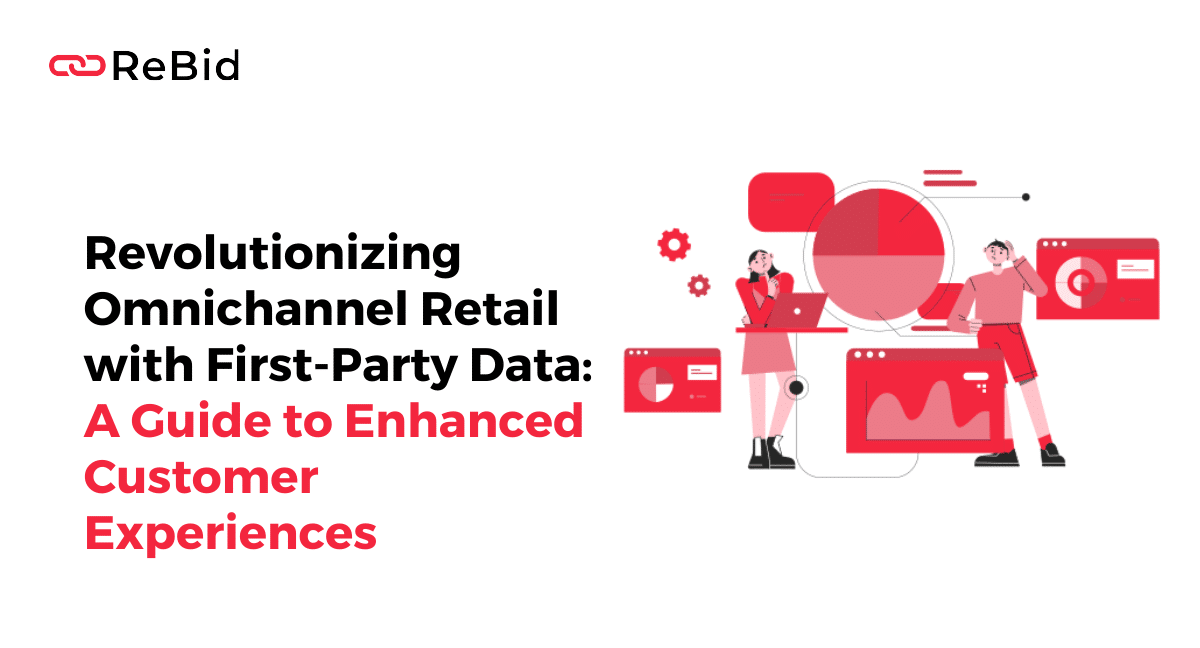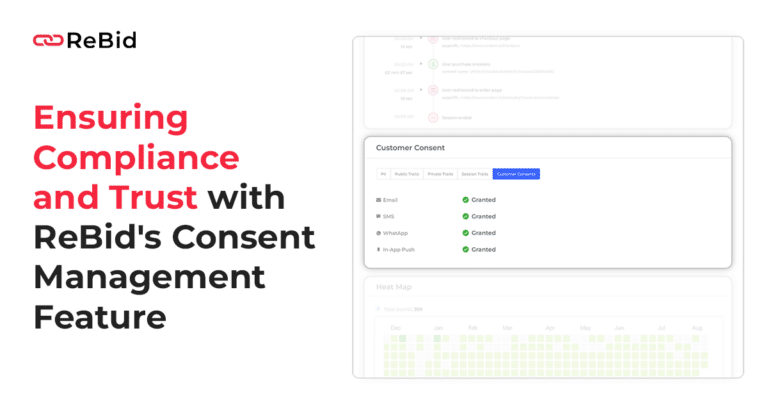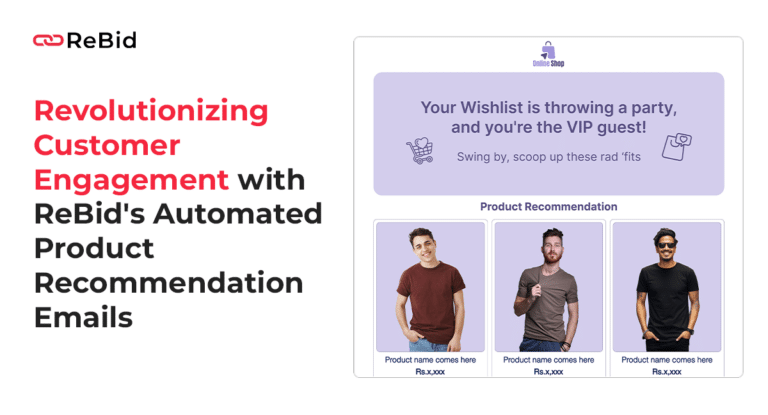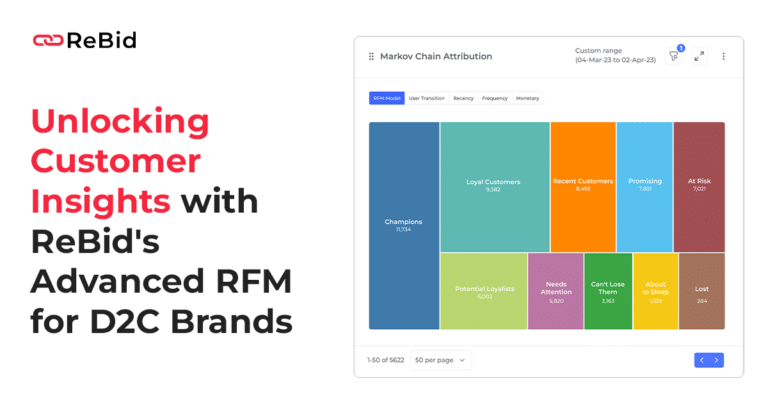In today’s retail landscape, the line between online and offline shopping experiences is increasingly blurred. Customers expect seamless service, personalized interactions, and convenience, regardless of the channel they choose to engage with. This evolving consumer behavior presents both a challenge and an opportunity for retailers. The key to unlocking this potential lies in leveraging first-party data to revolutionize omnichannel retail, enhancing customer experiences across all touchpoints. This blog post delves into innovative strategies that utilize first-party data to create a cohesive, personalized shopping journey, driving better business outcomes in the process.
Creating Unified Customer Profiles
The foundation of any effective omnichannel strategy is a unified customer profile. By merging online and in-store data, retailers can gain a comprehensive view of their customers’ preferences, behaviors, and interactions. This holistic understanding enables personalized marketing efforts, tailored product recommendations, and anticipatory service that meets customers where they are.
Personalized Marketing Across Channels
First-party data allows for highly personalized marketing campaigns that resonate with individual customers. Whether through email, social media, or direct mail, messaging that reflects a customer’s previous interactions and preferences can significantly increase engagement rates and conversion.
Optimizing Online-to-Offline Engagement
Bridging the gap between online browsing and in-store purchases is a critical component of omnichannel retail. Strategies such as offering online reservations for in-store pickups or using online behavior to inform in-store recommendations can enhance the shopping experience, making it more fluid and convenient for the customer.
Elevating In-Store Experiences with Digital Insights
Digital insights gleaned from first-party data can transform the in-store experience. From interactive displays that offer personalized recommendations to sales associates armed with tablets providing instant access to customer profiles and inventory information, the integration of digital tools elevates the level of service provided in physical stores.
Data-Driven Inventory Management
First-party data is invaluable for inventory management, enabling retailers to predict demand more accurately, optimize stock levels, and reduce overstock and understock situations. This not only improves operational efficiency but also ensures that customers find what they’re looking for, whether they shop online or in-store.
Cross-Channel Loyalty Integration
A loyalty program that rewards customers regardless of how or where they make a purchase encourages consistent engagement across all channels. Integrating loyalty points and rewards across online and offline touchpoints enhances the customer experience and fosters brand loyalty.
Location-Based Marketing
Utilizing location data to send targeted marketing messages when customers are near a store can drive foot traffic and increase conversion rates. This strategy leverages the immediacy and relevance of mobile marketing to enhance the customer’s shopping journey.
Mapping In-Depth Customer Journeys
Understanding the path a customer takes from discovery to purchase across multiple channels allows retailers to identify key touchpoints and optimize each for better engagement and conversion. This comprehensive journey mapping is critical for delivering a seamless customer experience.
Event-Triggered Automation
Automated marketing messages triggered by specific customer actions, such as abandoning a cart or browsing a particular category, can re-engage customers at critical moments, nudging them towards a purchase with personalized, relevant content.
Leveraging Customer Feedback
First-party data isn’t just about tracking behavior; it’s also about listening to your customers. Actively seeking and leveraging customer feedback to improve products, services, and experiences shows that a brand values its customers’ opinions, fostering a stronger relationship.
Conclusion
In the age of omnichannel retail, first-party data is not just an asset; it’s a necessity for creating differentiated, personalized customer experiences. By implementing these innovative strategies, retailers can harness the power of their data to understand and engage their customers more effectively, driving loyalty and growth. The future of retail lies in the ability to blend the digital and physical worlds seamlessly, using data-driven insights to meet the evolving needs of the modern shopper.





